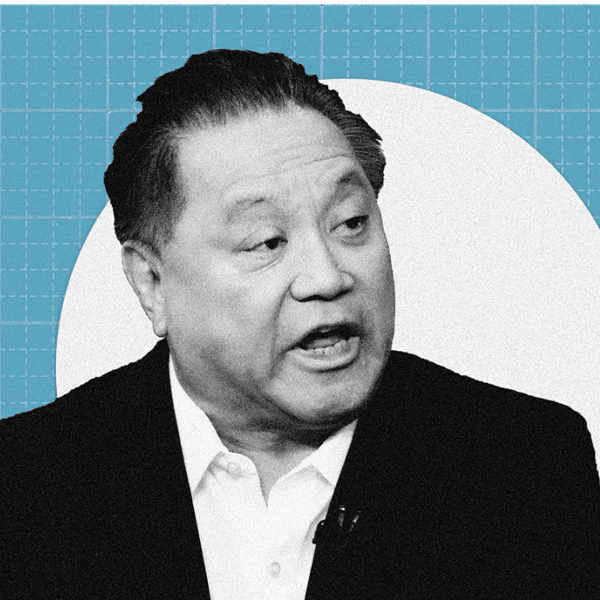Outgoing CEOs Step Down, but Not Out
By: Agenda
November 19, 2018

Once an unusual occurrence, CEOs’ stepping down to take board or executive chair positions while new, typically first-time CEO replacements get their bearings has become routine in recent years.
In an orderly internal transition, the move is thought to signal stability to customers, key clients, employees and investors, and often lasts about one or two years. Compensation for the executive chair position varies far more widely than for non-executive chair roles and is subject to a calculus in which pay is set close to the total amount the executive earned as CEO, but below the new CEO’s pay. In addition, board members will often determine, in detail, the role the outgoing CEO will play — and won’t play — once the new CEO takes over.
Outgoing CEOs who continue to serve as an employee in an executive chair role or on the board as non-executive chair often maintain a stake in the success of the new CEO. However, their continued role at the company can also potentially cause problems if they have differences of opinion with the new CEO. After all, the erstwhile CEO still has skin in the game and sway with the board, but no longer has the office of the CEO to influence strategic decisions.
Some articles require a paid subscription.

